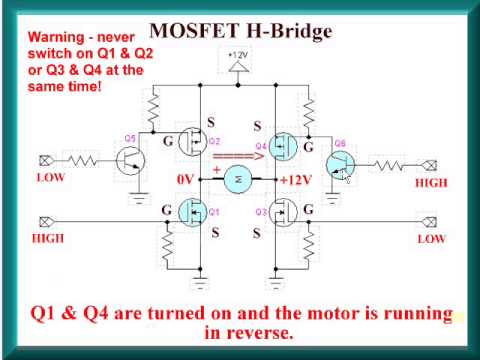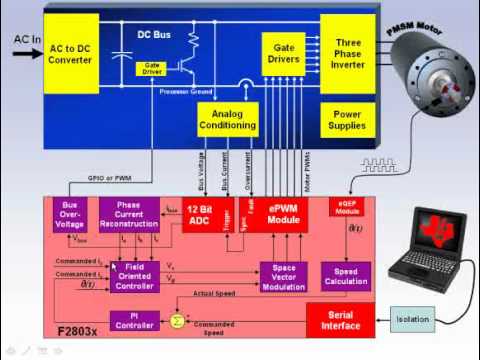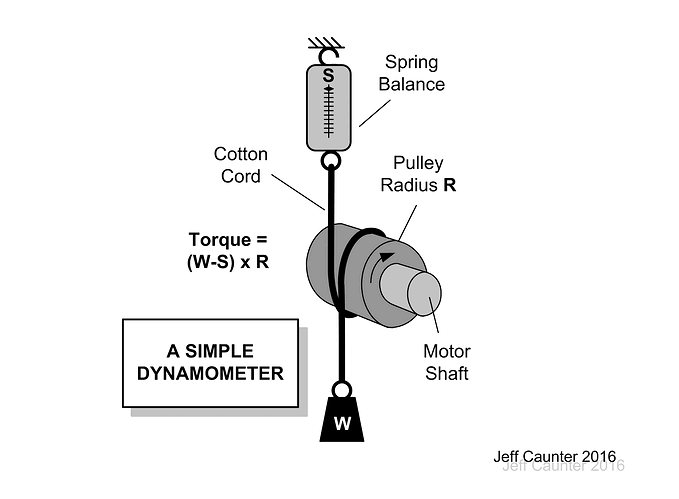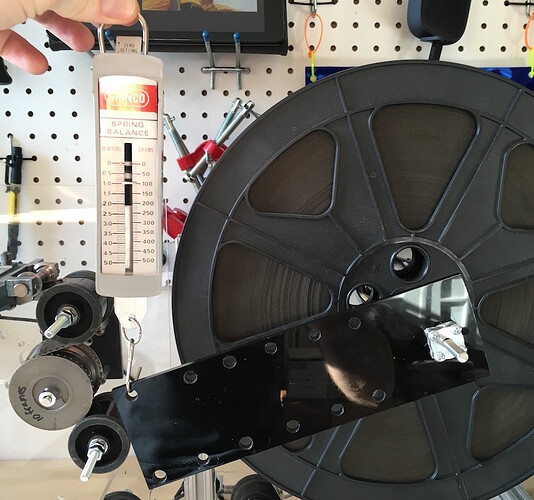Take-up Motor
In the original, the entire system was driven by a single motor at the take-up reel. This is impractical. This requires the motor to be very high torque and low RPM, making it big and heavy, which also affects the overall design and portability of the machine.
I did some research on projectors and reel-to-reel machines to see how they handle keeping a steady rate of travel at the gate and an adjustable rate of travel at the take-up reel.
Flickr Gallery of Existing Machines
None of these options are concerned with monitoring tension in the film path. Here is an example I found online of a reel-to-reel tape machine that uses a spring-loaded arm to give feedback to the system to control take-up motor speed.

In the 8mm category, there seems to be a lot of reliance on spring belts.
The reel-to-reel video shows a flywheel option with a felt slip-ring (is that what it’s called) setup on the spindle. I’m not sure how that would scale up for a heavy 35mm reel but it’s an interesting approach.
I also like the direct drive approach used by the Gugusse 16mm project. He uses a small radius drive on the edge of the take-up reel. We could do that on a plate that sits below the actual reel, and put a felt slip-ring on top to allow for slip when there’s enough tension on the film. Would need to do a test of this. The plate would have to be a teeth-ed gear, which could be laser-cut or machined. Not entirely easy to do if you don’t have access to those kinds of tools, but a possible solution.
I think the best way to move forward here is to do a series of tests. I can re-appropriate the original Kinograph stand to do these if people can help me figure out which options seem the most promising and where I can source materials/parts.
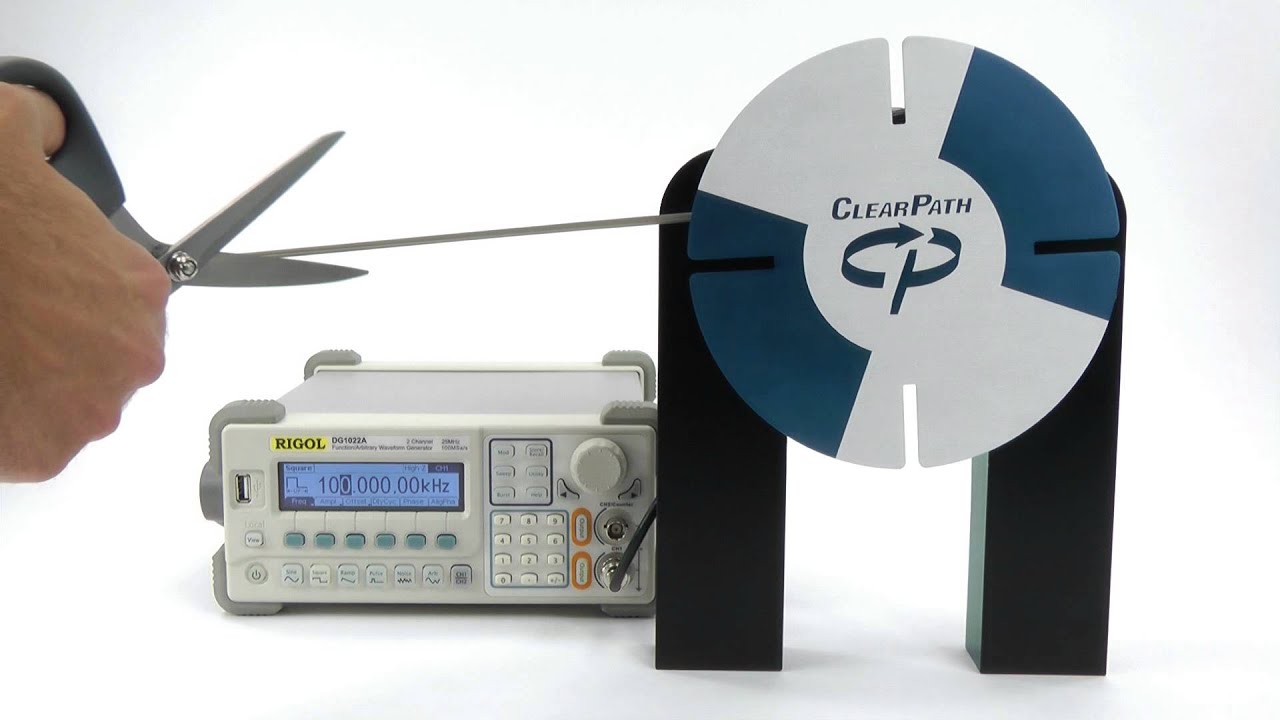
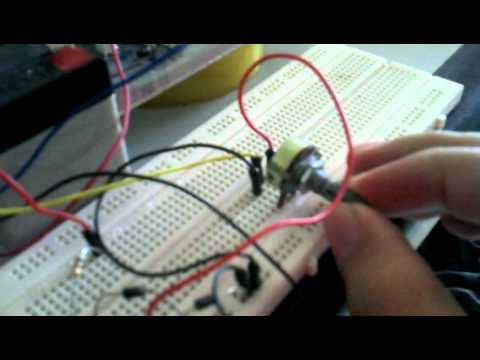
 But I’ll try to explain, risking to be ridiculed by those in the know… You surely might already know most of this, if not more, sorry if my musings sound too edifying or plain misleading)))
But I’ll try to explain, risking to be ridiculed by those in the know… You surely might already know most of this, if not more, sorry if my musings sound too edifying or plain misleading)))
